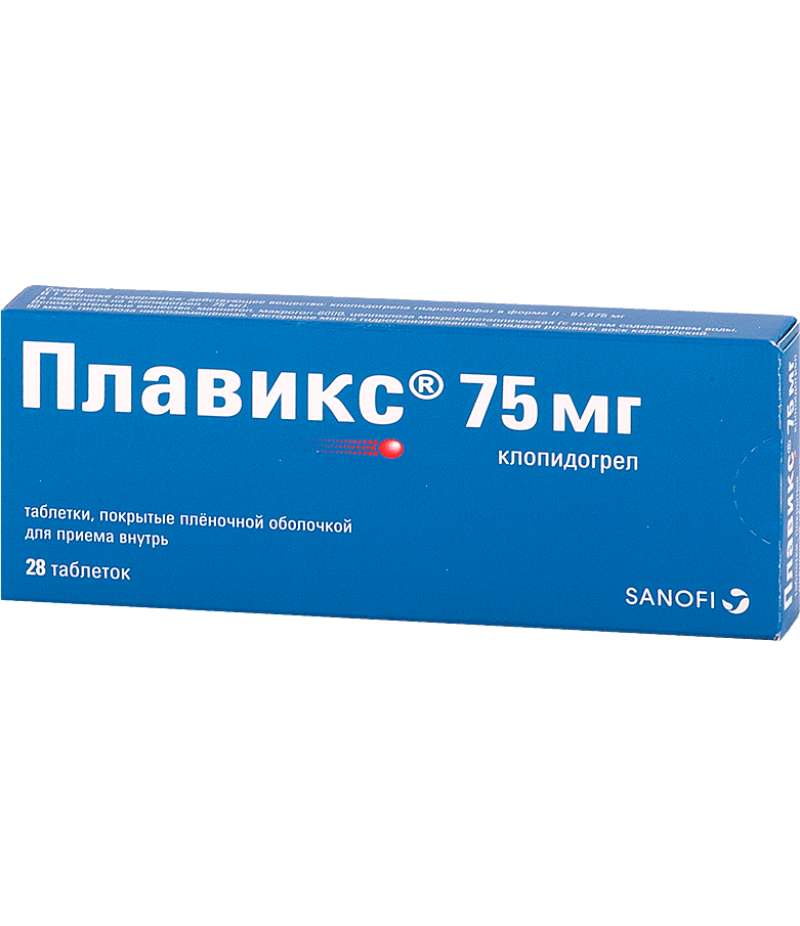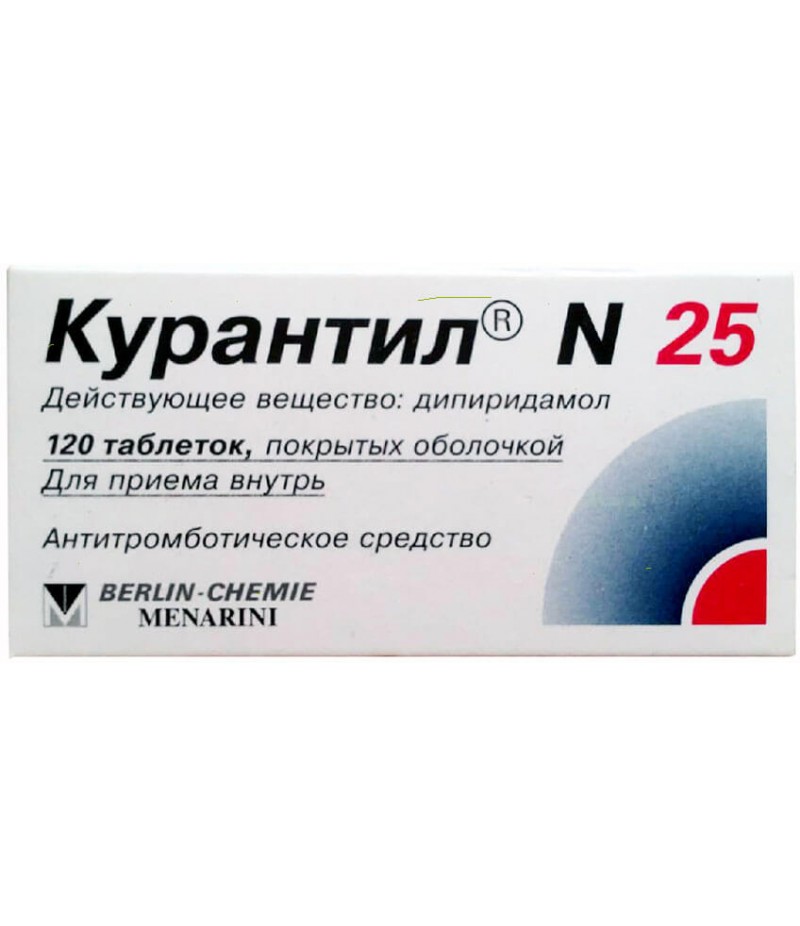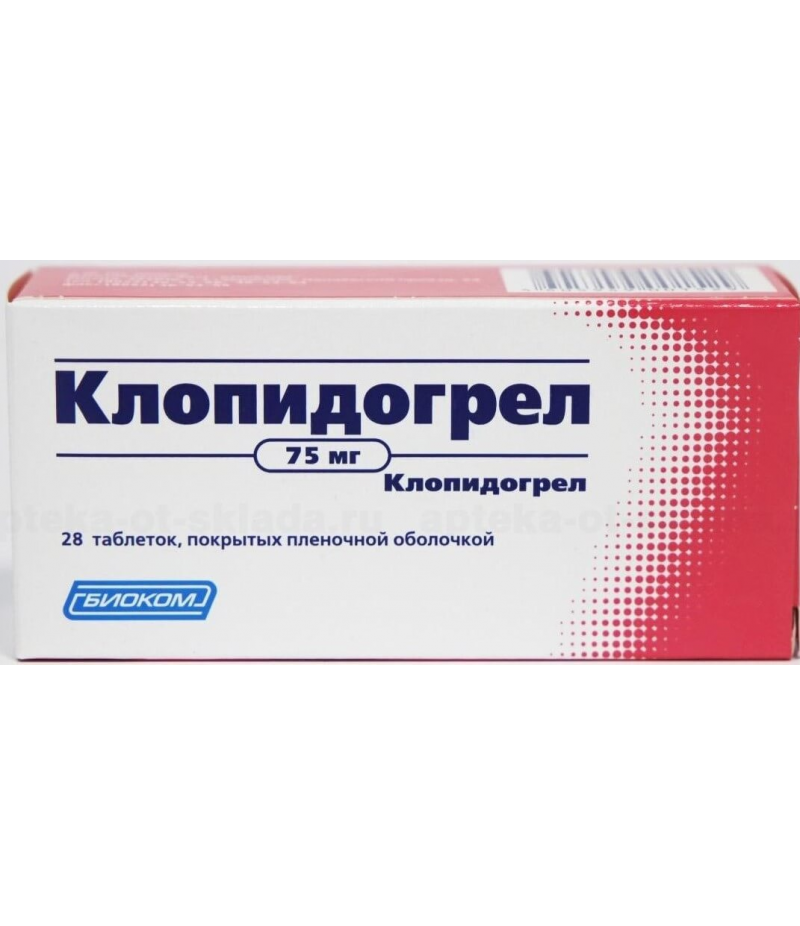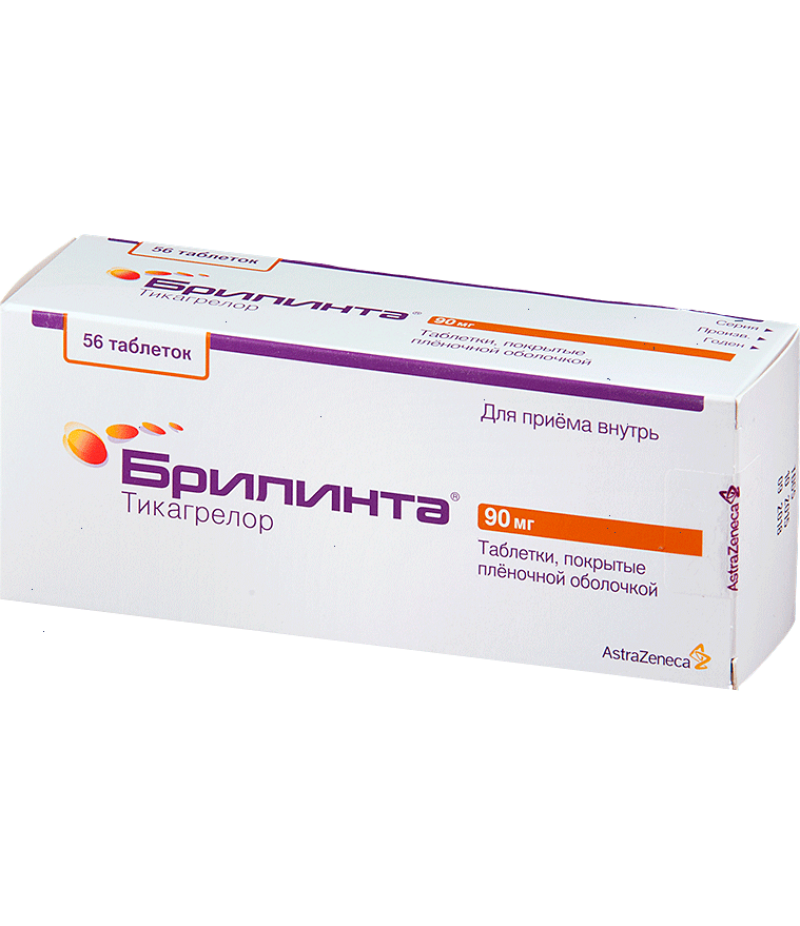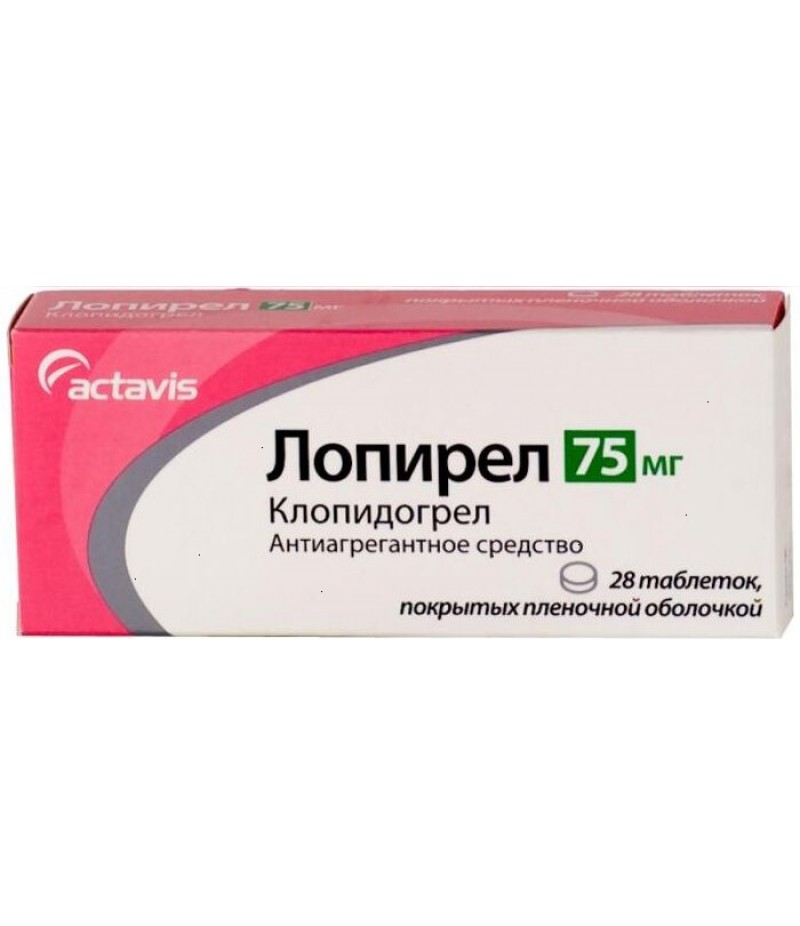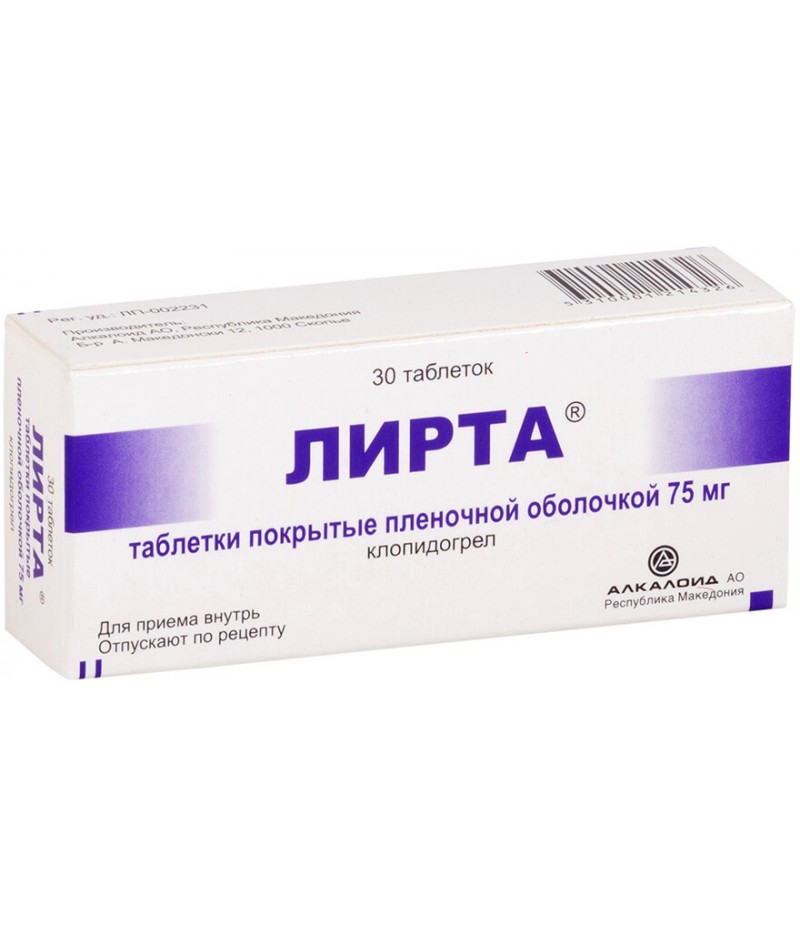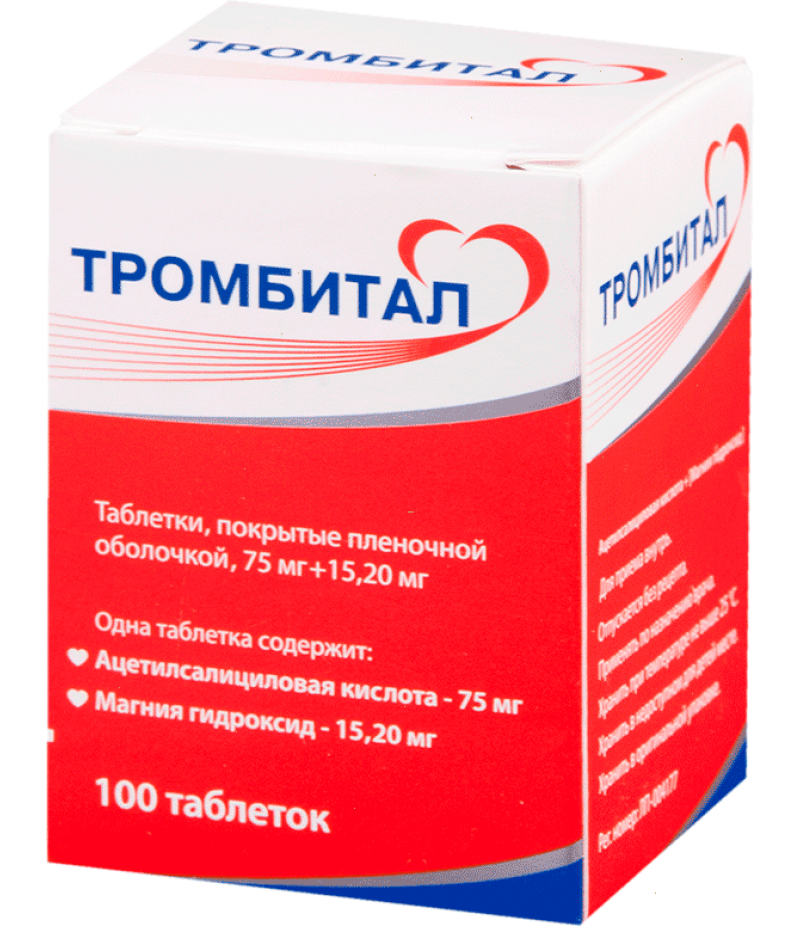Plavix 75mg #28
- $119.90
- 2 or more $113.80
- 3 or more $109.99
- Availability:In Stock
Plavix instruction for useYou can buy Plavix online on this pageCompositionThe composition of one tablet of the drug Plavix may include 300 or 75 mg of clopidogrel.Additional substances: castor oil, macrogol 6000, opadrai pink, ma..
Tags: tabs
Plavix instruction for use
You can buy Plavix online on this page
Composition
The composition of one tablet of the drug Plavix may include 300 or 75 mg of clopidogrel.
Additional substances: castor oil, macrogol 6000, opadrai pink, mannitol, low-substituted giprolose, microcrystalline cellulose, wax.
Form of issue
Pink, coated tablets (300 mg) oblong, engraved "300" on one surface and engraved "1332" on the other surface.
10 pieces in a blister - 3 or 1 blisters in a paper bundle.
Pink, coated tablets (75 mg) oblong, engraved "75" on one surface and engraved "I I7I" on another surface.
7 pieces in a blister - 2, 1 or 3 blisters in a paper bundle.
10 pieces in a blister - 2, 1 or 3 blisters in a paper bundle.
14 pieces in a blister - 2, 1 or 3 blisters in a paper bundle.
pharmachologic effect
Antiaggregative action.
Pharmacodynamics and pharmacokinetics
Pharmacodynamics
Clopidogrel is a prodrug, that is, it does not itself have an effect, and one of its metabolites that blocks platelet aggregation is active. This active metabolite selectively inhibits the reaction of adenosine diphosphate with the P2Y12 receptor on the platelet surface, which causes subsequent induction of the glycoprotein IIb / IIIa complex. This provokes inhibition of platelet aggregation. Due to the fact that the described binding is irreversible, platelets remain resistant to ADP stimulation during their entire life span (7-10 days), and the normalization of their function occurs only after the platelets are renewed.
The adhesion of platelets caused by various stimulants (not including ADP) is also inhibited by the blockade of platelet activation by ADP molecules.
The active metabolite is produced using cytochrome P450 isoenzymes, which may have polymorphism or are blocked by other drugs; therefore, not all patients are adequately suppressed by platelet aggregation. With daily intake of 75 mg of the drug from the first day of treatment, suppression of aggregation is noted, which slowly increases over 3-7 days and then becomes constant. Aggregation of platelets in the equilibrium state is inhibited by about 40-60%. All of the above functions are gradually returned to normal within 5 days after stopping the use of clopidogrel.
Weaker ADP-induced platelet aggregation is observed in women, but there is no sex difference in the increase in bleeding time.
The drug is proven to reduce the risk of complications (including death) in people with a newly developed stroke, a heart attack and an occlusive disease.
Pharmacokinetics
The active substance has the ability to be rapidly absorbed. The highest concentration is achieved approximately 1 hour after administration. Clopidogrel and its major inactive metabolite bind to plasma proteins by 96%.
Intensively transformed in the liver by hydrolysis with the formation of an inert metabolite of carboxylic acid and through a complex of cytochrome P450, under the action of which clopidogrel is converted into 2-oxoklopidogrel, and then into the thiol metabolite of clopidogrel (active).
This metabolite quickly and irreversibly reacts with receptors on the surface of platelets, inhibiting their aggregation.
After 5 days after taking the drug, about 50% of the substance is excreted by the person with urine and 46% with feces. The half-life of clopidogrel is about 6 hours. The half-life of the basic inactive derivative is approximately 8 hours.
Pharmacogenetics
Due to the isoenzyme CYP2C19, active and intermediate metabolites are produced. The pharmacokinetics and strength of action of the main metabolite vary depending on the genetically programmed type of enzyme CYP2C19. Patients who have genes for loss of function of a given enzyme are called weak metabolizers. The occurrence of weak metabolizers of the CYP2C19 isoenzyme in the Caucasoid population is 2%, in the Negroid race, about 4%, and in the Chinese - about 14%.
Indications for Plavix application
Indications for use Plavix 75 mg
Prevention of atherothrombotic complications (in combination with Aspirin) in persons with acute coronary syndrome, regardless of the presence of an ST-segment elevation on the ECG, including after stenting.
Indications for use Plavix 300 mg
Prevention of atherothrombotic complications:
in persons with a heart attack of up to 35 days with an ischemic type stroke of 7-28 weeks old or with the revealed occlusion of peripheral arteries;
in persons with acute coronary syndrome, regardless of the presence of an elevation of the ST segment on the ECG, including after stenting.
Prevention of thromboembolic and atherothrombotic complications (including stroke) in the development of atrial fibrillation:
in people with atrial fibrillation, with risk factors for vascular complications that can not take indirect anticoagulants and have a reduced risk of bleeding (in combination with Aspirin).
Contraindications
Severe liver failure.
Acute bleeding (including intracranial hemorrhage or ulcerous bleeding).
Hereditary deficiency of lactase, intolerance to galactose, syndrome of glucose-galactose absorption impairment.
Pregnancy and lactation.
Age is less than 18 years.
Hypersensitivity to any of the components of the drug.
The medication is prescribed with caution in case of hepatic insufficiency of moderate severity with a predisposition to bleeding; renal failure; with diseases that create a predisposition to bleeding; with the simultaneous use of drugs that damage the mucous organs of the digestive tract; in persons with an increased risk of bleeding (surgical interventions, trauma to other conditions) or receiving Aspirin, Heparin, Warfarin, glycoprotein IIb / IIIa blockers, anti-inflammatory non-steroid agents, selective serotonin reuptake blockers; in persons with a low activity of the enzyme CYP2C19; with hematological and allergic reactions to thienopyridine (Ticlopidine, Prasugrel); after a recent temporary cerebral circulatory disorder or an ischemic stroke.
Side effects
Reactions from coagulation: increased bleeding time, purpura, epistaxis, bruising, hematuria, bruises, eye hemorrhages, intracranial and other hemorrhages.
Reactions from hematopoiesis: eosinophilia, neutropenia, agranulocytosis, granulocytopenia, leukopenia, aplastic anemia, haemophilia A acquired type, thrombocytopenia.
Reactions from the nervous activity: dizziness, change in taste perception, paresthesia, headache, vertigo.
Digestive reactions: ulcer development, dyspepsia, diarrhea, gastritis, nausea, abdominal pain, constipation, bloating, vomiting, colitis, stomatitis, pancreatitis, hepatitis, hepatic insufficiency of acute type.
Skin reactions: flat lichen, eczema, bullous dermatitis, angioedema, rash, hives, itching.
Allergic reactions: anaphylactoid phenomena, serum sickness.
Reactions from the psyche: confusion, hallucinations.
Reactions from the circulation: vasculitis, hypotension.
Reactions from the side of breathing: interstitial pneumonia, bronchospasm, eosinophilic pneumonia.
Reactions from the musculoskeletal system: arthritis, arthralgia, myalgia.
Reactions from the excretory system: glomerulonephritis.
General and laboratory reactions: fever, changes in liver function status indicators, increase in creatinine in the blood.
Instructions for the use of Plavix (Method and dosage)
The medicine is taken orally, regardless of food intake.
Tablets of 300 mg are designed for use as a loading dose for persons with acute coronary syndrome.
Plavix, instructions for use
In the treatment of infarction, ischemic stroke or peripheral artery occlusion, Plavix is prescribed to take 75 mg once a day.
In the treatment of acute coronary syndrome without an increase in the ST segment (infarct without Q-wave on the ECG, unstable angina) Plavix should be started with a single dose of 300 mg. Then continue taking the drug at a dose of 75 mg once a day with Aspirin in a dose of 75-325 mg per day. The optimal duration of therapy is not determined, the greatest favorable effect is revealed by the 3rd month of therapy.
In the treatment of acute coronary syndrome with an increase in the ST segment on the ECG, 75 mg of the drug is prescribed once a day with a single application of the loading dose together with Aspirin and thrombolytic agents or without such a combination. In people older than 75 years, therapy is started without a loading dose. Such treatment is started as soon as possible after the development of symptoms and continues for at least 4 weeks.
At treatment of a fibrillation of auricles prescribe reception of a preparation once a day on 75 mg. Together with Plavix should take Aspirin at a dose of 75-100 mg per day.
Skipping Dose Acceptance
If after passing the admission took up to 12 hours, it is necessary to immediately drink the missed dose, and subsequent doses take, as before, at the usual time.
If after the admission passed more than 12 hours, the next dose the patient should use at the usual time.
Special groups of patients
Elderly patients do not need to adjust dosages.
Overdose
Signs of an overdose: lengthening the period of bleeding and complications in the form of bleeding of various locations.
Treatment of overdose: when bleeding occurs, appropriate therapy should be carried out, including if necessary the introduction of platelet mass. There is no selective antidote.
Interaction
In persons taking long-acting warfarin, the simultaneous use of clopidogrel increases the risk of bleeding due to the additional independent influence of the latter on the processes of blood coagulability. Care should be taken when taking these drugs together.
The admission of GPIIb / IIIa receptor blockers together with clopidogrel also requires caution in individuals with an increased risk of bleeding (surgery, trauma or other conditions).
Between Aspirin and clopidogrel, pharmacodynamic interaction is likely leading to an increased risk of bleeding, so special care should be taken with this combination.
The combined use of clopidogrel and naproxen increases the latent blood loss in the digestive tract.
Selective serotonin reuptake blockers disrupt the stimulation of platelets and increase the risk of bleeding, the joint use of these agents requires caution.
Since clopidogrel transforms to form the main metabolite with the participation of the enzyme CYP2C19, the administration of drugs that inhibit this isoenzyme (esomeprazole, omeprazole, voriconazole, fluvoxamine, moclobemide, fluoxetine, oxcarbazepine, ciprofloxacin, ticlopidine, fluconazole, cimetidine, carbamazepine, chloramphenicol) can lead to decrease in the concentration of the main metabolite of clopidogrel. Such combinations should be avoided in spite of the fact that the value of this effect is not established.
Between Plavix and Heparin is also possible pharmacodynamic interaction, increasing the risk of bleeding (with this combination, caution is needed).
It is necessary to avoid the joint use of clopidogrel and proton pump inhibitors, which are blockers of the isoenzyme CYP2C19. If the proton pump inhibitors can not be avoided, then a drug from this group (Pantoprazole, Lansoprazole) with the least blocking effect of the CYP2C19 isoenzyme should be used.
Storage conditions
Keep away from children. Store at temperatures up to 30 degrees.
Shelf life - Three years.
special instructions
In the first weeks of treatment with the drug or after invasive cardiac interventions, patients should be closely monitored to exclude bleeding symptoms, which may be hidden.
Because of the risk of bleeding and undesirable hematologic effects, if the symptoms that are suspect for bleeding develop during treatment, it is urgent to perform a blood test, a coagulogram, to investigate the platelet count, platelet activity indicators and to perform other necessary tests.
Clopidogrel (as well as other antiplatelet agents) should be used with caution in individuals with an increased likelihood of developing bleeding due to trauma, surgery, or other conditions, as well as those taking Aspirin, anti-inflammatory non-steroid agents, Heparin or glycoprotein IIb / IIIa blockers.
With a planned surgery, when there is no need for antiplatelet therapy, the use of clopidogrel should be stopped one week before surgery.
The drug increases the time of bleeding, so it should be used with caution in those with a predisposition to bleeding persons. Means that can cause ulceration of the mucous organs of the digestive tract in patients receiving clopidogrel should also be used with caution.
Before any planned operation and before starting any new drug, patients should inform the attending physician about the use of clopidogrel.
Very rarely after taking clopidogrel, cases of thrombocytopenic thrombotic purpura (thrombocytopenia, hemolytic microangiopathic anemia, renal dysfunction, neurological symptoms, fever) have been identified, which is a life threatening condition requiring urgent measures.
During the treatment it is necessary to monitor the liver. With severe liver damage, the risk of hemorrhagic diathesis should be considered.
The use of clopidogrel is not recommended in cases of acute stroke less than 7 days ago.
Children
It is forbidden to prescribe the drug to children.
In pregnancy and lactation
The drug is contraindicated in these periods.
Reviews about Plavix
The patients 'reviews and the doctors' opinions about Plavix are similar and in the overwhelming majority of cases they highly appreciate the therapeutic and preventive capabilities of this remedy. Reports of the occurrence of adverse reactions are rare. It should be remembered that the appointment of the drug and the selection of its dosages should be handled exclusively by the attending physician.

